realrockhound
Cave Dweller 
Member since June 2020
Posts: 2,850
Member is Online
|
Post by realrockhound on Mar 6, 2023 0:15:25 GMT -5
|
|
|
|
Post by jasoninsd on Mar 6, 2023 1:55:16 GMT -5
Kingsley North has them for $5 a pound...but I don't know anything about "grading" on these...
|
|
|
|
Post by 1dave on Mar 6, 2023 2:08:53 GMT -5
I wrote about them in my book - payhip.com/b/wD7Fl 260 8.5" X 11" pages, $5.00 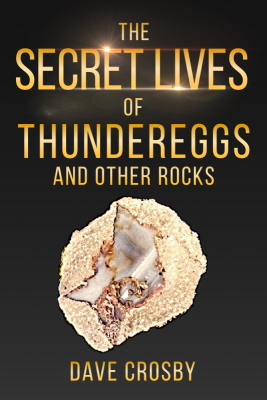 They ARE Thundereggs! but very odd! The magma chamber they formed in had excess calcium. Thundereggs typically break at an interior sphere boundary, creating the "Dimple and pimple." 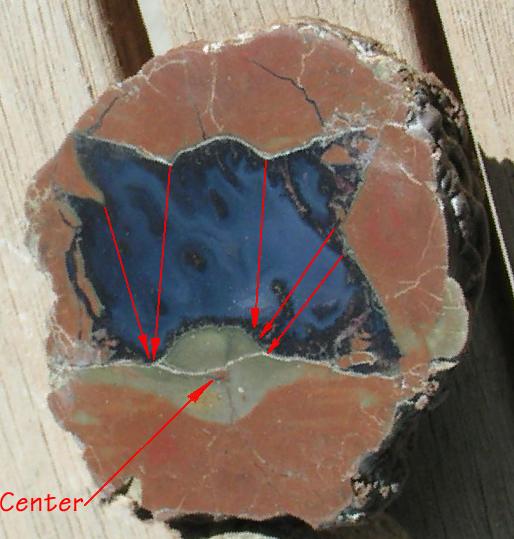 This image is wrong. I was in too big of a hurry when I made it. The Top plate is usually smaller than the bottom plate that still has the "button" attached to it.  Because of the calcium Coconuts usually break to the very center. Some Dugway Utah T-eggs do the same. When they first came on the scene they almost put the Geode Kid out of business. He was selling T-eggs for $30.00 / 100lb sack. The Coconuts hit the market at $5.00 / 100lb sack. 1961 Just outside of the Petrified Forest by Holbrook Arizona. 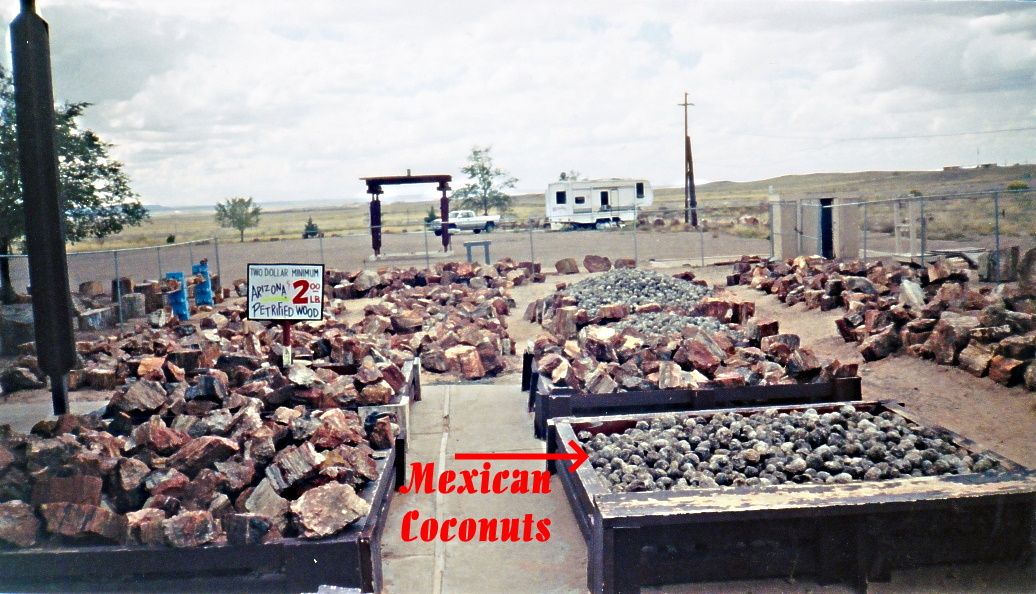 Calcium plates. 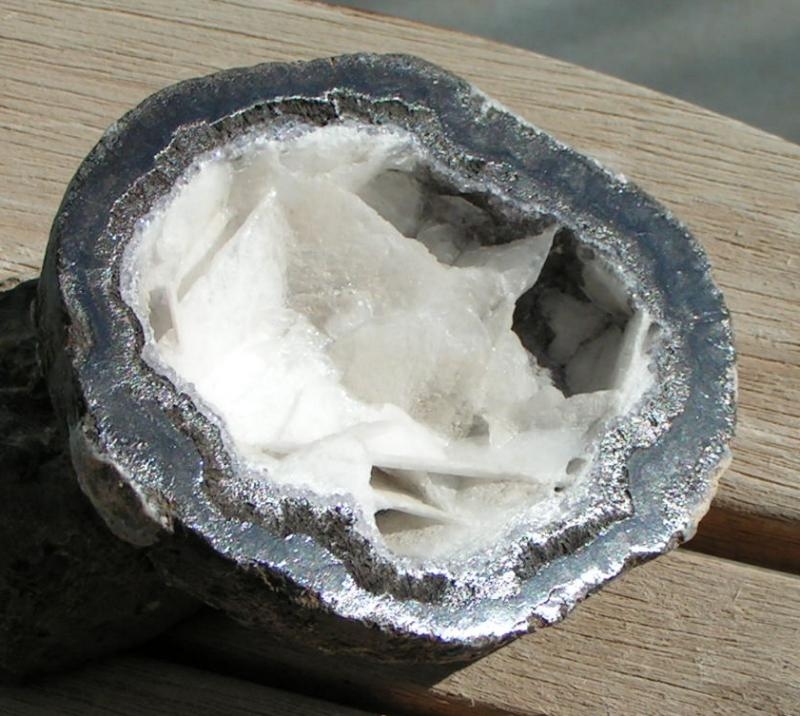 Smoky Quartz. 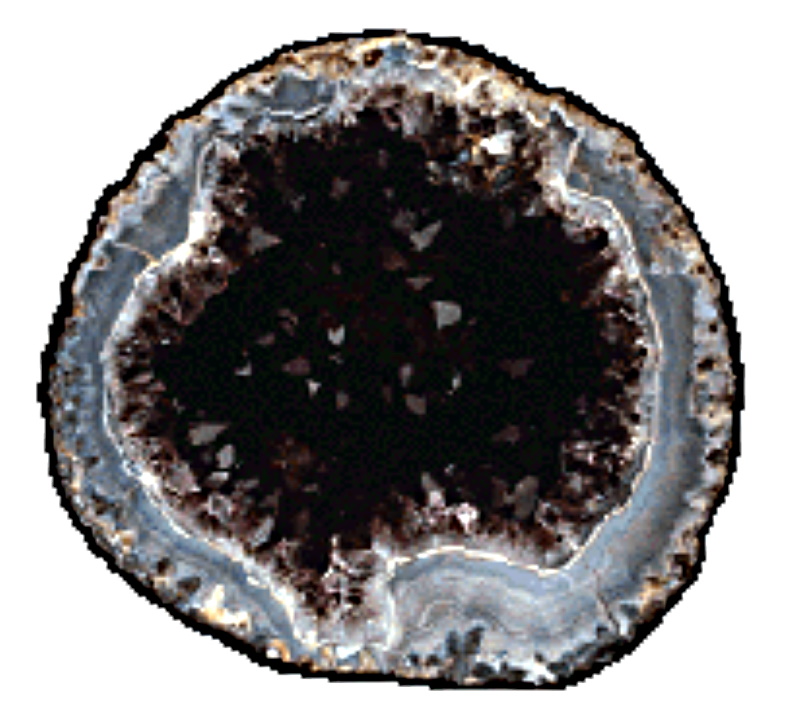 Iron makes citrine quartz crystals. If uranium molecules were present, radiation converts the citrine to amethyst. |
|
|
|
Post by HankRocks on Mar 6, 2023 6:59:31 GMT -5
I will say that they have not been a good seller for me over the last 2 or 3 years. Reducing the number I have out on the table for upcoming Show in half to make space for better sellers. The ones with crystal lined cavities seem to do ok but still not what I would have expected. Usually I end up having to cut 6 or 7 open to find one with a cavity. May have to start slabbing the non-cavity ones as the slabs seems to sell.
|
|
realrockhound
Cave Dweller 
Member since June 2020
Posts: 2,850
Member is Online
|
Post by realrockhound on Mar 6, 2023 11:14:50 GMT -5
Thank you guys.
|
|
|
|
Post by orrum on Mar 7, 2023 7:44:47 GMT -5
Hey @dave1 what boo?? Jow do I get one?
|
|
|
|
Post by orrum on Mar 7, 2023 7:45:19 GMT -5
1dave
|
|
|
|
Post by orrum on Mar 7, 2023 7:45:54 GMT -5
|
|
|
|
Post by orrum on Mar 7, 2023 7:46:07 GMT -5
Got it
|
|
|
|
Post by 1dave on Mar 7, 2023 8:36:11 GMT -5
|
|
wpotterw
spending too much on rocks
 
Member since September 2016
Posts: 421 
Member is Online
|
Post by wpotterw on Mar 7, 2023 9:30:04 GMT -5
I got one too, haven't read all of it yet, though. |
|
|
|
Post by 1dave on Mar 7, 2023 11:44:26 GMT -5
I got one too, haven't read all of it yet, though. I hope it fills you with worthwhile new information. |
|
wpotterw
spending too much on rocks
 
Member since September 2016
Posts: 421 
Member is Online
|
Post by wpotterw on Mar 7, 2023 14:12:48 GMT -5
I got one too, haven't read all of it yet, though. I hope it fills you with worthwhile new information. Yeah, it will replace some of the BS that I'm full of now (or DS, in deference to RWA3006). |
|
thegeodeguy
off to a rocking start

Member since March 2023
Posts: 4
|
Post by thegeodeguy on Mar 21, 2023 22:10:08 GMT -5
The Coconut geodes (aka Choya Geodes) can be among the finest widely available unopened geodes out there. And by this I mean there is large color variation (Smoky, Blue, White, Clear, Purple) lots of a secondary crystal formations (Siderite, several unique calcite configurations, Hematite, Goethite, Todorkite, Ramsdellite, Pyrolusite, Mordenite, Gypsum, Opal, Kaolinite, Apatite, Beidellite, Birnessite, Rancieite, Cryptomelane, and Hollandite) and to top all that off many have very pretty banded agate walls. However, just like everything in the Rockhounding world, not everyone you open is going to be a knockout beauty queen (although beauty is in the eye of the beholder). But I will say the large majority of them (as you can tell from the ones you cut open) are pretty Awesome. Back 15+ years ago there used to be larger percentage of Amethyst that would come out of there, but they're still probably hitting about 10%. My one piece of advice on the Coconuts is know who you're buying them from as there's no way to tell the difference between a solid, semi-hollow, and super hollow geode by just looking at a picture of them. Be sure to look for whether they've been pre-sorted or if they're just mine run. Don't get me wrong I enjoy cutting the occasional nodule, but they are definitely more work! There's a little more info on the Coconut geodes on our site, but if you want to know the entire history, and the operation, I highly recommend the book "Geodes: Nature's Treasures" by June Culp Zeitner and Brad Cross it's an incredible wealth of knowledge (as I'm sure Dave's book is). Here's a link to both our section on Coconut geodes as well as a link to their book: Coconut Geodes: www.geodeguys.com/choyageodes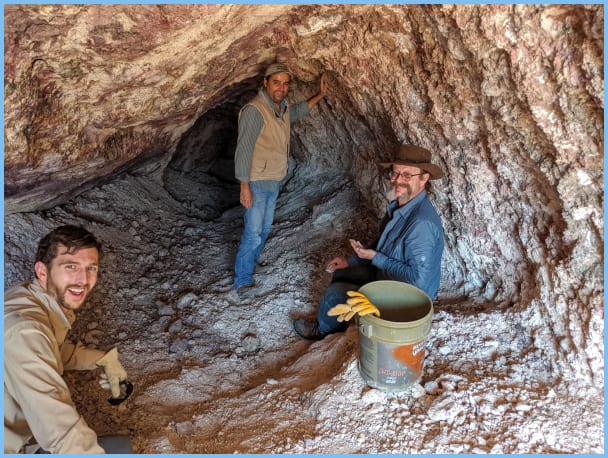 Pops (Leo) and myself in one of the Choya Geode mines with Memo (Son of the OG mine owners) in the background 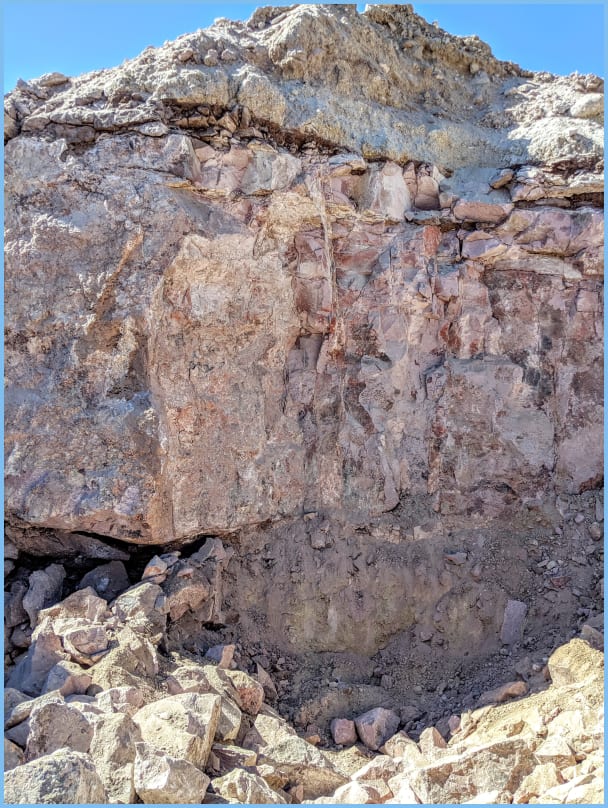 Picture of the Rhyolite overburden with the soft ash tufts below  All the solids (nodules) that have been sorted out back at the Ranch |
|
realrockhound
Cave Dweller 
Member since June 2020
Posts: 2,850
Member is Online
|
Post by realrockhound on Mar 21, 2023 22:48:00 GMT -5
The Coconut geodes (aka Choya Geodes) can be among the finest widely available unopened geodes out there. And by this I mean there is large color variation (Smoky, Blue, White, Clear, Purple) lots of a secondary crystal formations (Siderite, several unique calcite configurations, Hematite, Goethite, Todorkite, Ramsdellite, Pyrolusite, Mordenite, Gypsum, Opal, Kaolinite, Apatite, Beidellite, Birnessite, Rancieite, Cryptomelane, and Hollandite) and to top all that off many have very pretty banded agate walls. However, just like everything in the Rockhounding world, not everyone you open is going to be a knockout beauty queen (although beauty is in the eye of the beholder). But I will say the large majority of them (as you can tell from the ones you cut open) are pretty Awesome. Back 15+ years ago there used to be larger percentage of Amethyst that would come out of there, but they're still probably hitting about 10%. My one piece of advice on the Coconuts is know who you're buying them from as there's no way to tell the difference between a solid, semi-hollow, and super hollow geode by just looking at a picture of them. Be sure to look for whether they've been pre-sorted or if they're just mine run. Don't get me wrong I enjoy cutting the occasional nodule, but they are definitely more work! There's a little more info on the Coconut geodes on our site, but if you want to know the entire history, and the operation, I highly recommend the book "Geodes: Nature's Treasures" by June Culp Zeitner and Brad Cross it's an incredible wealth of knowledge (as I'm sure Dave's book is). Here's a link to both our section on Coconut geodes as well as a link to their book: Coconut Geodes: www.geodeguys.com/choyageodes Pops (Leo) and myself in one of the Choya Geode mines with Memo (Son of the OG mine owners) in the background  Picture of the Rhyolite overburden with the soft ash tufts below  All the solids (nodules) that have been sorted out back at the Ranch Amazing. Thank you so much |
|